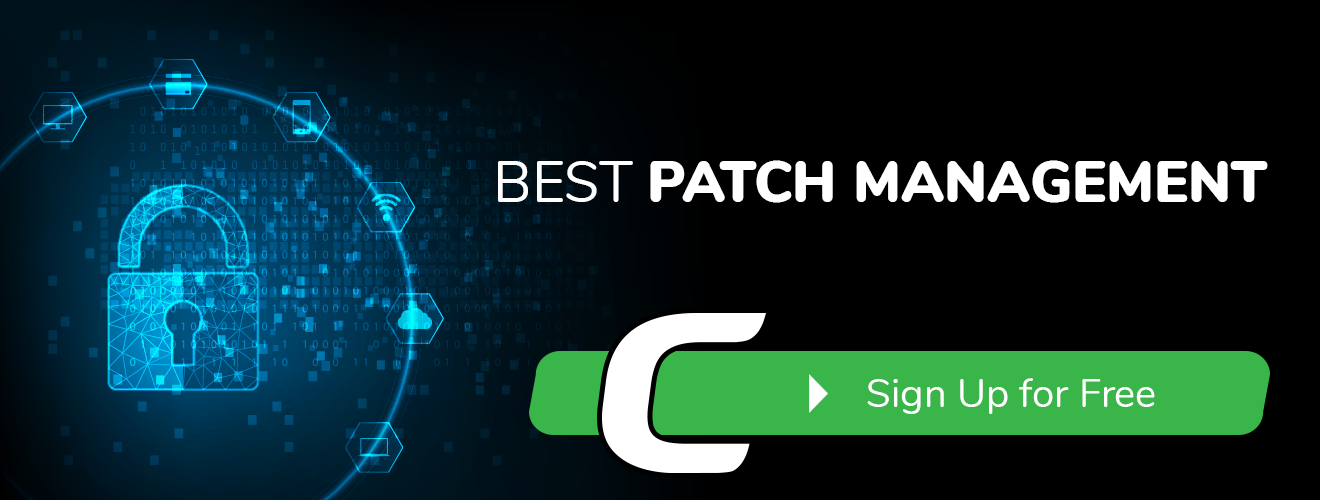
Patch Management may seem dreary and boring. But it is not something to be taken lightly. Patch management is of paramount importance to the overall security of an IT enterprise. In any IT system, patches can be updated automatically as well as manually through patch management software. In a large enterprise, if you are an IT administrator, it would be your responsibility to download necessary patch updates to the server and then roll out the patches to the endpoints based on defined policies. A patch management system, hence, plays a vital role.
From a user/employee perspective — a user may not know that such a process was taking place on the endpoint/device. Based on settings, an application may alert the user that patch updates were available, or that a patch update had taken place. The actual execution of the patch updates are taken care of by you - the IT administrator - and if the enterprise is availing the services of a managed services provider (MSP), then the MSP would take care of it.
Here are 4 Best patch management best practices that will allow your organization's to leverage cybersecurity:
Knowing the importance of patch management
As an IT administrator or a person responsible for IT security you must know the importance of regular patch updates. Patches are released for the operating system, applications and the cyber security solution (endpoint security/antivirus). These updates must be applied as soon as possible to thwart zero-day cyber attacks. Whenever a malware is observed, the affected party — the OS provider or the application provider develops a patch and releases it. Hence, it is important to apply patches immediately.
Consequences of Delayed Patch Application
Delay in the application of patches can have severe consequences. The recent WannaCry ransomware attack demonstrated the vulnerability of not applying patches. Microsoft had issued patch updates for the SMB v1 protocol vulnerability, which was exploited by the attackers. Enterprises that had applied the patches were not affected by the WannaCry ransomware. However, those that deferred suffered the WannaCry ransomware attack and had to pay the price of lost data, ransom, loss of business and credibility.
Managed Service Providers
Availing the services of a Managed Service Provider provides great benefits for small, medium and large businesses — enterprises of all sizes. Engaging an MSP's service would allow you and your team/resources to focus on other routine and revenue-generating projects. The net effect would be substantial financial benefits. Patch management is time intrusive and this is one of the reasons that enterprises engage MSPs. Further, MSPs provide 24/7/365 monitoring that should provide you some peace of mind that your systems are being securely monitored.
Testing Patches
Though immediate patching is recommended by patch developers, some patches may not be compatible with other applications — a patch update for the operating system may render an application incompatible with the operating system. Sometimes, patches may crash the system. Hence, according to best practices, IT administrators must test the patches in a test environment before rolling them out on to the endpoint systems.
Manual vs. Automated Patch Management
Manual management of patches may be feasible for a small enterprise, but as the number of endpoints and their variety increase, it would become a tough task.
An Automated Patch Management system or engaging the services of an MSP would be the best option for effective patch management.

Effective Patch Management Strategy Prevents Security Hacks
The Data Breaches Cost of US Businesses in 2017
3 Important Things Windows Patch Management Should Do
The things You Need To Know About Security Patch Management
Why do you need Automated Patch Management. Reasons Explained
Add new comment